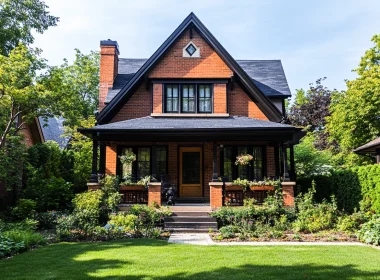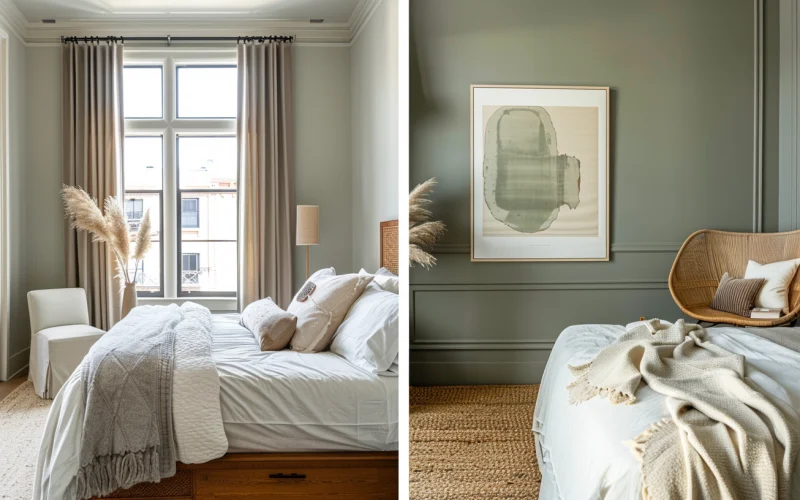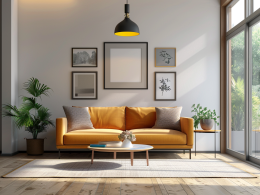Selecting the perfect colors for your home’s bedrooms is vital to creating a comfortable and inviting living space.
One common question homeowners face is whether to paint all bedrooms the same color.
This choice is especially relevant when considering popular options like Sherwin Williams’s gray colors, which have become increasingly sought-after in recent years.
Gray hues provide adaptability and refinement, making them a desirable bedroom choice.
In this blog post, we will examine the advantages and disadvantages of painting all bedrooms the same color and discuss the various factors to consider when making this decision.
Whether you’re captivated by the charm of Sherwin-Williams gray colors or prefer a more varied color scheme, understanding the implications of bedroom color choices is crucial.
The Sense Behind Painting All Bedrooms the Same Color
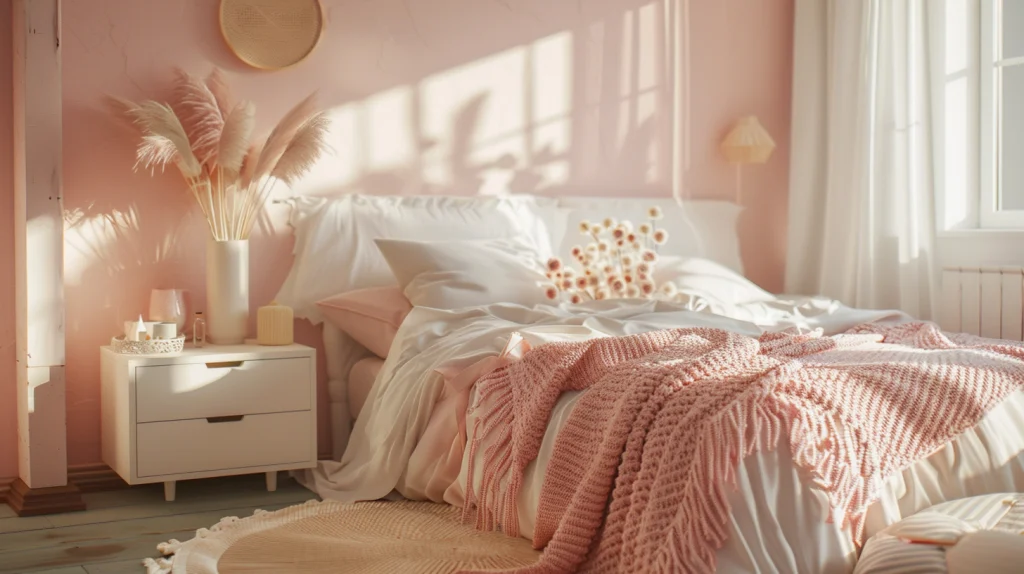
1. Consistency and Harmony Throughout the House
One primary reason for painting all bedrooms the same color is to establish a sense of consistency and harmony throughout the house.
Using a uniform color scheme, you can create a smooth transition from one room to another.
This is particularly effective when using neutral colors like Sherwin-Williams gray, which can effortlessly connect different spaces.
A consistent color palette can make your home feel more organized and visually pleasing, fostering a sense of continuity and balance.
2. Simplified Decision-Making Process
Opting to paint all bedrooms the same color can streamline the decision-making process.
Rather than deliberating over different color options for each room, you can concentrate on selecting one ideal color that will work well throughout the house.
This can save time, energy, and even money, as you won’t need to buy multiple paint colors or spend hours contemplating individual room color schemes.
With a wide range of Sherwin-Williams gray colors, you can find the perfect shade to match your taste and complement your home’s overall style.
3. Budget-Friendly when Purchasing Paint in Bulk
Another benefit of painting all bedrooms the same color is the potential cost savings when buying paint in bulk.
Many paint retailers, including Sherwin Williams, provide discounts or promotions when purchasing larger quantities of paint.
You can use these offers by choosing a single color for all bedrooms and lowering your painting expenses.
Additionally, using the same color means you can easily touch up any blemishes or scuffs in the future without worrying about color matching.
4. Potential Appeal to Future Buyers
When considering your home’s long-term value, painting all bedrooms the same color can be a wise choice.
Neutral colors, such as Sherwin-Williams gray, are often preferred by potential buyers as they provide a neutral foundation for personal styling and decoration.
Creating a consistent and neutral color scheme throughout the bedrooms can appeal to a broader range of buyers and potentially increase your home’s attractiveness to future owners.
A uniform color palette can make your home feel move-in-ready and allow prospective buyers to picture themselves living in the space easily.
Arguments Against Painting All Bedrooms the Same Color

1. Lack of Personal Expression and Individuality
One of the main drawbacks of painting all bedrooms the same color is the potential absence of personal expression and individuality.
Each bedroom occupant may have a distinct style, personality, and color preference.
Implementing a uniform color scheme may restrict their ability to create a space that genuinely reflects their taste and character.
While Sherwin Williams’s gray colors offer flexibility, some individuals may desire more vibrant or expressive hues to showcase their uniqueness.
2. Varying Color Preferences Among Family Members
In households with multiple family members, it’s common for everyone to have their color preferences.
What may be a calming and serene color for one person could feel dull and uninspiring to another.
Painting all bedrooms the same color may lead to disagreements and compromises, leaving some family members dissatisfied with their personal space.
3. Different Room Sizes and Lighting Conditions
Another factor to consider when deciding whether to paint all bedrooms the same color is the variation in room sizes and lighting conditions.
Each bedroom may have different dimensions, window placements, and natural light exposure, which can greatly impact how a color appears in the space.
Stunning color in a large, well-lit bedroom may feel overwhelming or too dark in a smaller room with limited natural light.
Considering the unique characteristics of each bedroom is crucial in determining whether a uniform color scheme will work effectively.
Factors to Consider When Choosing Bedroom Colors
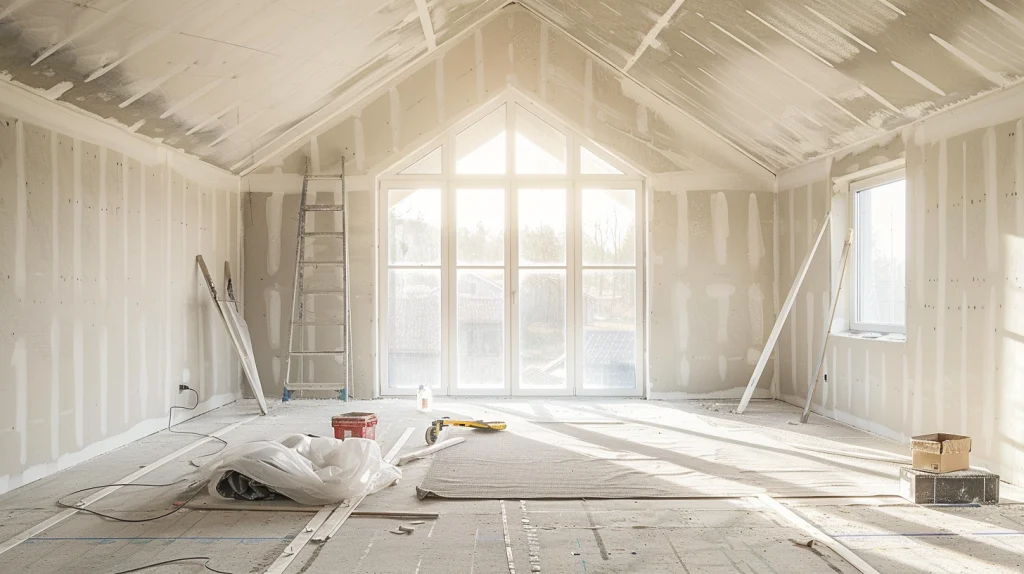
1. Personal Preferences and Style
When selecting bedroom colors, it’s essential to consider each occupant’s personal preferences and style.
Some may gravitate towards bold, vibrant colors, while others prefer more subdued and calming hues.
Consider each person’s unique taste and allow them to have input in the color selection process.
This can help create bedrooms that reflect their personalities and make them feel more comfortable and at home.
2. Room Size and Natural Light
The size of the bedroom and the amount of natural light it receives should also be considered when choosing colors.
Lighter colors, such as soft grays or pale neutrals, can help make smaller bedrooms feel more spacious and airy.
On the other hand, larger bedrooms with ample natural light can handle darker or more saturated colors without feeling overwhelming.
Consider the specific characteristics of each bedroom when selecting colors to ensure they complement the space.
3. Desired Atmosphere and Mood
Think about the desired atmosphere and mood you want to create in each bedroom.
Do you want a serene, relaxing environment or a more energizing and stimulating space?
Color psychology is significant in how a room feels and can impact the occupant’s emotions and well-being.
For example, soft blues and greens are often associated with tranquility and calmness, while warm colors like yellows and oranges can evoke feelings of happiness and vitality.
Consider the intended mood for each bedroom when selecting colors.
4. Coordinating Colors and Overall Color Scheme
While bedrooms don’t necessarily need to be painted the same color, choosing colors that coordinate and complement each other throughout the house is important.
Consider creating a cohesive color scheme that flows smoothly from one room to another.
This can be achieved by selecting colors from the same family, using complementary colors, or incorporating neutral shades that tie everything together.
A well-coordinated color scheme can create a sense of harmony and unity throughout the home.
Alternatives to Painting All Bedrooms the Same Color
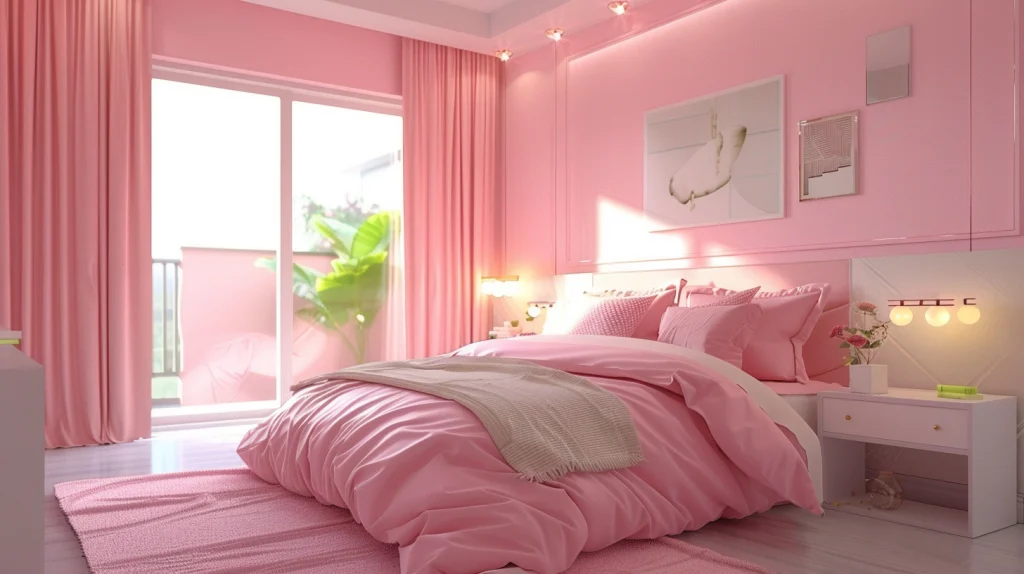
1. Choosing Complementary Colors Within a Color Scheme
To add variety while maintaining a cohesive look, consider choosing complementary colors within a color scheme.
This means selecting colors opposite each other on the color wheel, such as blue and orange or purple and yellow.
Using complementary colors in different bedrooms creates visual interest and contrast while maintaining unity throughout the house.
For example, you could paint one bedroom a soft blue and another a pale orange, complementing Sherwin Williams’s gray colors in common areas.
2. Using Different Shades or Tints of The Same Color
Another alternative to painting all bedrooms the same color is to use different shades or tints of the same color.
This approach allows for subtle variations while still maintaining a consistent color theme.
For instance, you could paint one bedroom light gray, another medium gray, and a third dark gray, all within the same Sherwin Williams gray color family.
This creates a harmonious look while still providing some differentiation between the spaces.
3. Incorporating Accent Walls or Wallpaper
If you want to add personality and uniqueness to each bedroom without completely deviating from a cohesive color scheme, consider incorporating accent walls or wallpaper.
An accent wall is a single wall in a room that is painted differently or features a distinct pattern or texture.
This can be a great way to add a pop of color or visual interest without overwhelming the space.
Similarly, wallpaper can be used on one or more walls to create a focal point and add character to the room.
Just choose colors and patterns that complement the overall color scheme.
4. Unifying Rooms Through Other Design Elements
In addition to color, other design elements can be used to unify bedrooms and create a cohesive look throughout the house.
These include things like bedding, curtains, rugs, and artwork. By selecting similar or coordinating styles and colors for these elements, you can tie the bedrooms together even if they have different wall colors.
For example, you could choose bedding and curtains in shades of Sherwin-Williams gray colors that complement the wall colors in each bedroom.
This creates a sense of continuity and harmony without needing identical wall colors.
Conclusion
Deciding whether to paint all bedrooms the same color is a personal choice that depends on various factors, including individual preferences, room characteristics, and desired aesthetics.
A consistent color scheme, such as Sherwin Williams’s gray colors, can create a sense of unity and harmony throughout the house.
Ultimately, the key is balancing your household, whether embracing a uniform color palette or allowing for some variation and individuality.
By carefully considering the factors discussed in this blog post and exploring alternative approaches, you can create a home that is both visually appealing and functional for all its occupants.




